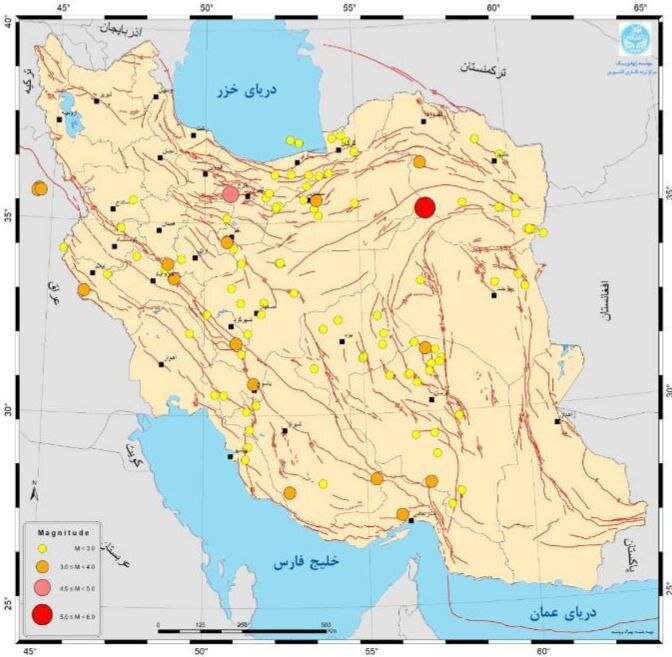Shocking Seismic Activity: Nearly 140 Earthquakes Rattle Iran in Just One Week!
In recent seismic activity, Iran has recorded a significant number of earthquakes, highlighting the country’s position in a seismically active region. Between May 3 and May 9, a total of 138 earthquakes were documented, as reported by the seismological networks of the Institute of Geophysics at the University of Tehran.
Statistically, the breakdown of these earthquakes reveals:
- 114 earthquakes with magnitudes smaller than 3
- 20 earthquakes with magnitudes between 3 and 4
- 1 earthquake with a magnitude between 5 and 6
Among these seismic events, the most notable was a magnitude 5 earthquake that struck Semnan province on May 8. This province experienced the highest frequency of seismic activity during this period, with a total of 21 earthquakes recorded. Other provinces with notable activity included:
- Kerman: 18 earthquakes
- Khorasan Razavi: 14 earthquakes
Interestingly, Tehran province experienced three earthquakes during this timeframe. Conversely, some provinces, including West Azarbaijan, East Azarbaijan, Ardabil, North Khorasan, Zanjan, Sistan-Baluchestan, Qazvin, Gilan, and Hamedan, reported no seismic activity.
Looking at a broader timeframe, a total of 6,272 earthquakes were recorded across Iran in the past calendar year (March 2024 to March 2025). This data also highlights that:
- 150 earthquakes exceeded a magnitude of 4 on the Richter scale
- At least five earthquakes with a magnitude greater than 4.5 occurred monthly
The Iranian plateau is situated in a highly seismically active zone, making it prone to significant earthquakes and various natural disasters. Although only about 2 percent of the world’s earthquakes occur in Iran, the country accounts for over 6 percent of earthquake-related casualties globally during the 20th century.
This alarming statistic underscores the need for ongoing monitoring and preparedness in earthquake-prone areas. The seismological networks in Iran play a crucial role in tracking these seismic events, providing essential data for disaster management and public safety.
In conclusion, the recent seismic activity in Iran, particularly the notable earthquake in Semnan province, serves as a reminder of the country’s vulnerability to earthquakes. As the data suggests, the frequency of these events is significant, and the impact on the population can be severe. Continuous monitoring and preparedness are vital to mitigate the risks associated with these natural disasters.






